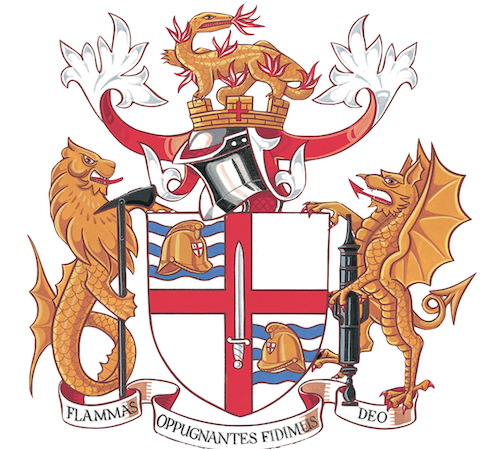Back in March and early April of this year, (2020), I wrote about my experience of contracting and surviving Covid-19.
Following the three terrible weeks of the virus I then found it difficult to shake off the after effects. Four further weeks of fatigue, muscle ache and mild breathlessness gradually merged with what appears to be a full recovery.
Sometime in May I was fit enough to start cycling again. Purely for general fitness and not for any sporting requirement. It was very difficult to get enough air into my lungs to manage some of the local hills. I persevered and gradually I overcame the tight chest and rasping sound in my lungs to such an extent that I was beginning to feel slightly fitter than I had prior to the outbreak.
It was also around this time that the UK government started to request volunteers for clinical trials for donations of Convalescent Plasma. The idea of donating plasma is that it may improve C19 patients’ speed of recovery and the chances of survival. Plasma is the clear, straw-coloured liquid of blood. This is what remains after red blood cells, white blood cells, platelets and other cells are removed. Donors with high antibody levels could save several lives.The criteria was that you had been in hospital with Covid and survived, had received a positive result following testing, or in my case had symptoms but not been tested.
Having had the experience of C19 I searched and found the NHS Blood and Transplant website. I filled in an online questionaire and waited for a reply. Several months passed and I had still not had a reply, so I assumed that because of the lack of a test I was not classed as a particularly good candidate for donation.
At the beginning of August a news article on the television mentioned plasma donation again. This time they were stating a preference for older males and those that had been hospitalised. It is this category that tends to produce the highest antibody count.
Although I had not been hospitalised I decided to register again for plasma donation. Two weeks later I was contacted by a member of the NHS Blood and Transplant service. My age was right, my body mass index was right, I had previous symptoms of C19. During this twenty minute telephone interview many questions were asked. Certain criteria had to be met and protocols to be followed. I have been a ‘normal’ blood donor for many years so I was used to the type of questions being asked.
Following this interview I was invited to attend my nearest blood plasma donation centre. The nearest one for me was in Stratford, East London, home of the 2012 Olympics. This is twenty six miles by car or a forty-nine minute train journey away, c’est la vie.
The following week I journeyed down to Stratford by train and found the donation centre. It is located in a vacant store on the ground floor of the Westfield shopping centre. On entering the donation centre it is austere in its appearance, a deep, plain white box with the concrete ceiling in full view. This visit was solely to take a blood sample to ensure I had enough antibodies worthy of donation. First my vein was checked to see if it was of sufficient size. For normal blood donation this is not such a crucial criteria. I filled in the standard form that proceeds any blood donation, then my pulse and iron levels were checked. I then had four vials of blood removed to be taken away for testing. After informing me that I would get feedback within seven to fourteen days I began the journey home. I had been there less than thirty minutes.
On Friday the 4th of September I received a call from the blood and transplant service. My C19 antibodies were sufficiently high enough for use in the convalescent plasma trials. We arranged a suitable date for me to attend the Stratford donor centre.
Two weeks later I was on the train to Stratford, East London. I arrived early and waited my turn at the front desk. After booking in I was sent to the section for Plasma donation. Here I was given the compulsory form to read and fill in. Ten minutes later and a half-litre of water had been drunk. I was moved yet again to another area to check my details, weight, height, vein suitability, haemoglobin (Hb) level and sign the consent form. All going well……..not quite.
The small digital haemoglobin analyser used is far more accurate than the copper sulphate solution test used in normal blood donation centres. Haemoglobin contains iron and is responsible for carrying oxygen around the body.
Unfortunately on this occasion my Hb level was below that required for donation. Within the few weeks since my previous visit and blood tests my Hb level had dropped. I was given a nice coloured leaflet explaining how to improve my Hb level, I felt like I had been given a sweet for being so good. I was then informed that I could not proceed with a donation for at least three months. Ten minutes later I was back at the station waiting for my train home.
Anybody fancy another update in three months?……...
Liveryman Robert Bryant

